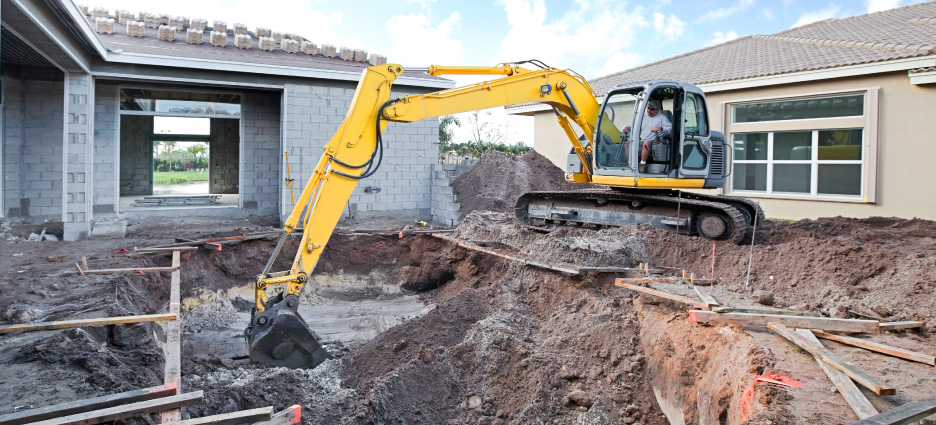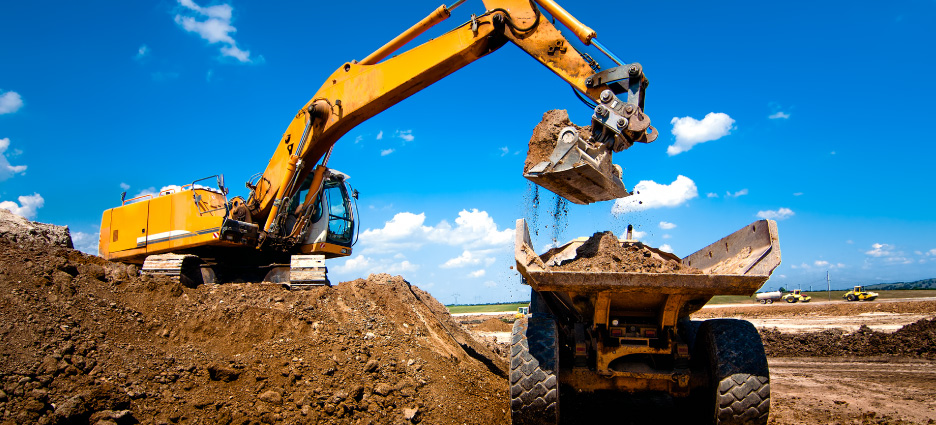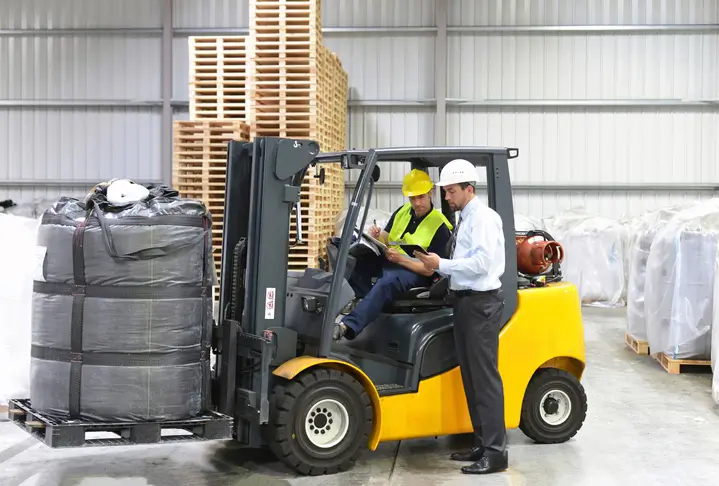How To Keep Trenching And Excavation Safe
Trenching and excavation deaths are significant issues in the building industry. According to the Bureau of Labor Statistics, approximately 25 employees are killed annually in trenching and excavation accidents. Trenching and excavation work pose a high threat to all employees. Cave-ins are the most dangerous, and they are more likely to result in worker deaths than other excavation-related accidents. An automobile can weigh the same as a cubic yard of sand. Unsecured trenches can lead to an early death.
Companies must be certain that employees can access trenches after proper cave-in safety has been installed. Falling objects, dangerous atmospheres, and threats from mobile vehicles are also possible risks involved with trenching and excavation work. Employers must also provide online excavation and trenching safety training to their workers in addition to onsite training.
In any case, it is important to first understand the difference between excavation and trenching before discussing its safety protocols.
Difference Between Trenching and Excavation

Excavation and trenching are terms for digging a crater in the ground by scraping the earth. The operation known as trenching or excavation is determined by the size, form, and depth of the pit. Both are complex, time-consuming, and often risky tasks that can only be undertaken by experts.
Excavation is described as any man-made cutting, cavity, trenche, or depression in the Earth’s surface created by soil displacement. According to OSHA, a trench is a short excavation dug under the ground’s surface. A trench’s size is considerably higher than its breadth, but the width of a trench does not exceed 15 feet.
Preplanning For Trenching and Excavation

Regardless of how many trench digging, propping, and backfilling jobs a contractor has completed in the past, each new job should be approached with caution and planning. Insufficient initial preparation is the cause of many workplace accidents. Correcting errors in shoring or curving after the Occupational Safety and Health Administration work begins slows down the process, increases the project’s expense, and increases the risk of a cave-in or other digging disaster.
Companies should learn as much as possible about the worksite and the resources they would need to complete the task efficiently and in accordance with OSHA guidelines before beginning trench digging and excavating projects. When employers are planning new ventures, a protection checklist can be useful. Take the following points into consideration,
- Soil classification
- Weather and environmental conditions
- Nature of physical structure nearby
- Ground and surface water
- Underground and overhead utilities
- Number of ladders required to complete the job
- Protective equipment and system required
- Fall protection requirements
- Traffic
- Other project and safety-related equipment
Construction company site studies, measurements, test borings for soil type or hazard, and meetings with government authorities and service providers will also help employers collect the details they require. Businesses may use this information to assess the number, type, and expense of safety equipment they’ll need to do the job safely.
Preventive System During Operation

According to OSHA laws, businesses must protect their employees from cave-ins. Many individuals have died as a result of cave-ins, which is the most dangerous trenching and excavation practice. Businesses must adopt correct sloping and bench on the sides of an excavation. Support must also be installed on the sides of an excavation and the operation area.
In many situations, the type of protection protocol required is well-known and straightforward to implement. Employers will sometimes go through the more difficult task of designing a protection plan. Many considerations must be considered when designing a safety structure. Soil quality, cut volume, soil water volume, weather and atmosphere, and other activities are all factors to consider. Companies must meet all OSHA requirements while designing a protection structure.
Employers must be able to choose the most practicable layout that provides the necessary protections. Any framework used must satisfy the efficiency requirements. Excavation principles define a range of methodologies and procedures for designing protective layouts. All companies must select the best methodology according to the project need and must be in compliance with OSHA safety guidelines. All companies and their project team must fulfill the required due diligence in regard to additional safety hazards and protection plans.
Conclusion
Employers should stress the important role workers play in keeping the worksite secure while sharing specifics about their safety and health services with employees. Employers may also reinforce specific procedures that can help to minimize the likelihood of on-the-job accidents at trenching and excavation sites. All project safety-related details must be provided to the employees and a checkpoint should be implemented to make sure. It is companies responsibility that all employees must be familiar with OSHA guidelines. Construction companies must educate all their employees with the related OSHA compliance certifications. In addition, employees who obtain their OSHA 30 card are always preferred among those candidates who don’t have a DOL card.







